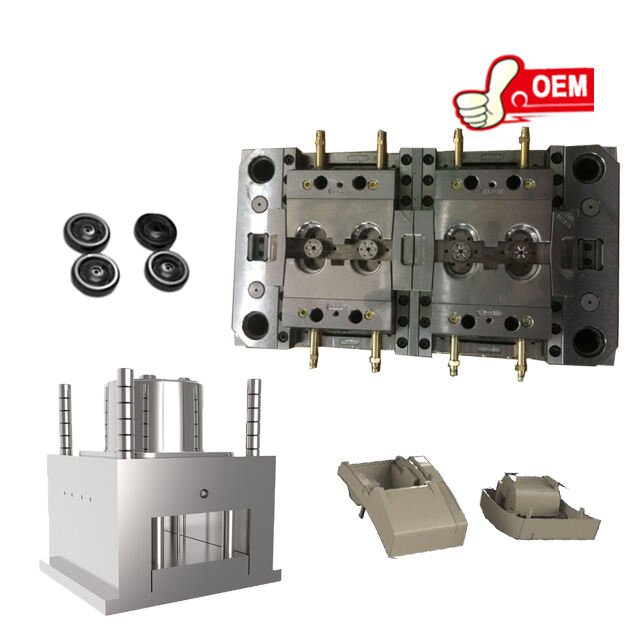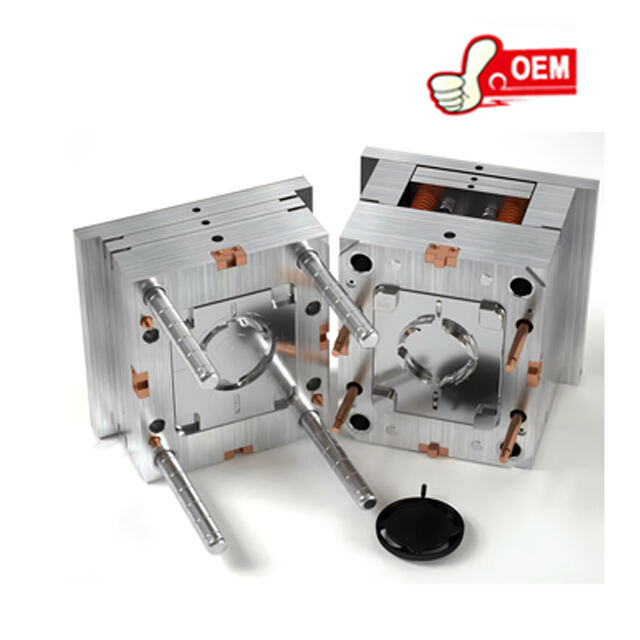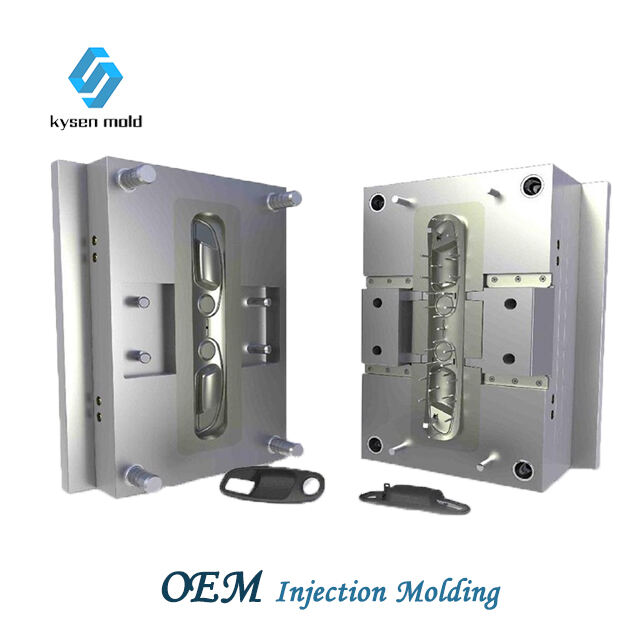plastic rubber moulding
Plastic rubber moulding is a sophisticated process that combines the flexibility of rubber with the durability of plastic, creating versatile components for various industries. This process involves shaping rubber or rubber-like materials using a mould, which gives the final product its desired form and function. The main functions of plastic rubber moulding include producing parts that require flexibility, insulation, and resistance to wear and tear. Technological features of this process include high-precision moulds, advanced vulcanization techniques, and automated systems that ensure consistent quality. Applications span across automotive, aerospace, electronics, healthcare, and consumer goods sectors, where components like seals, gaskets, and shock absorbers are crucial.


